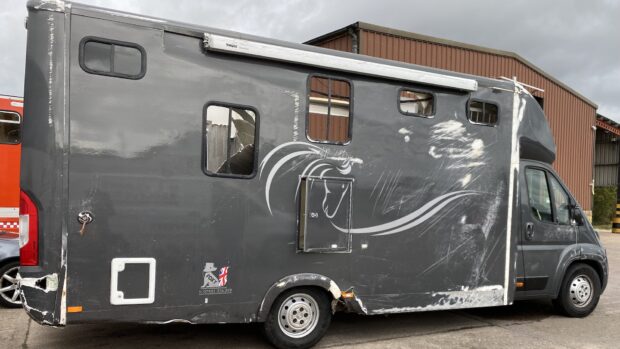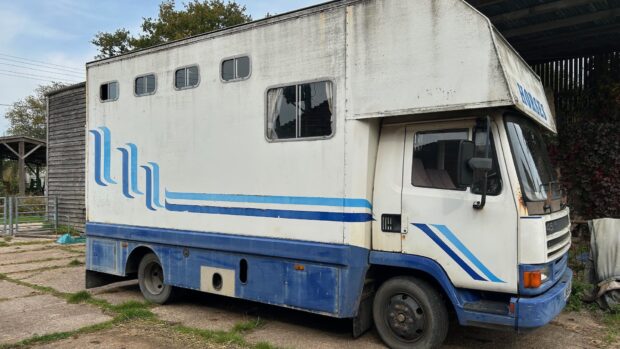Q: WE have a five-tonne, two-horse Iveco Daily horsebox that was new in March 2006 and had its first plating (the HGCV annual test) in March 2007. It is now due to be plated again, and I have been told it will not be considered for plating until a speed limiter has been fitted, limiting the speed to 56mph. I rarely drive at this speed — unless on the motorway when I tend to keep to 60mph. Is this requirement limited to certain boxes or does it affect them generally?
DS, Dorset
NEW requirements that came into force in January mean your vehicle needs to have a speed limiter fitted. They apply to certain goods vehicles with over 3.5 tonnes of maximum gross weight, and all passenger vehicles with eight or more passenger seats, irrespective of weight, first registered after 1 January 2005.
Jon Phillips, managing director of the Organisation of Horsebox and Trailer Owners (OHTO), a horsebox and trailer breakdown service in the UK and Europe, advises members and interested parties on the myriad new rules and regulations affecting horsebox and trailer owners.
“There have been extensive new European Community (EC) directives released recently, some of which are certainly confusing horsebox owners,” Jon says.
The directive that applies to you has been deferred by the government since 2005, but came into effect on 1 January, “therefore you do need to have a speed limiter fitted,” says John.
The Vehicle Operator and Service Agency (VOSA) confirmed that there are additional speed limiter requirements for some other goods and passenger vehicles in the same weight and seating capacity range as above, where those vehicles were registered on or after 1 October 2001 and before 1 January 2005.
“It depends on the type of engine fitted,” says VOSA.
“These requirements were introduced from 1 January 2007 and have formed part of the HGV annual test (plating) since then. Every affected vehicle should therefore already have had a speed limiter fitted.
“Goods vehicles not over 7.5 tonnes gross vehicle weight, and passenger vehicles over eight seats, but not exceeding 7.5 tonnes gross vehicle weight, first registered prior to 1 October 2001, are not required to be fitted with speed limiters, and there are currently no plans to introduce such a requirement for them,” VOSA concludes.
Limiter fitting depends on the vehicle — if the lorry’s engine control unit (ECU) supports a speed limiter function, it can be enabled by the base vehicle manufacturer, or its dealer network.
In cases where the ECU does not readily support a speed limiter, an add-on independent system will probably need to be fitted, calibrated and sealed by an approved supplier. Contact your local horsebox specialist for further information.
Information
VOSA’s website has further information on the new legislation www.transportoffice.gov.uk/newspeedlimiterregs
The Organisation of Horsebox and Trailer Owners Tel: 01488 657651 www.ohto.co.uk
This Q&A was first published in Horse & Hound (20 March, ’08)


